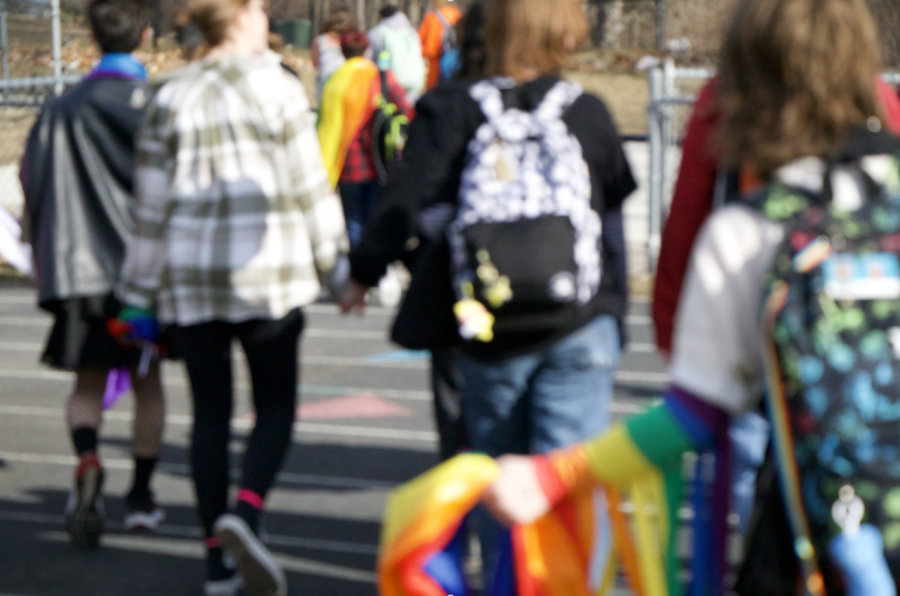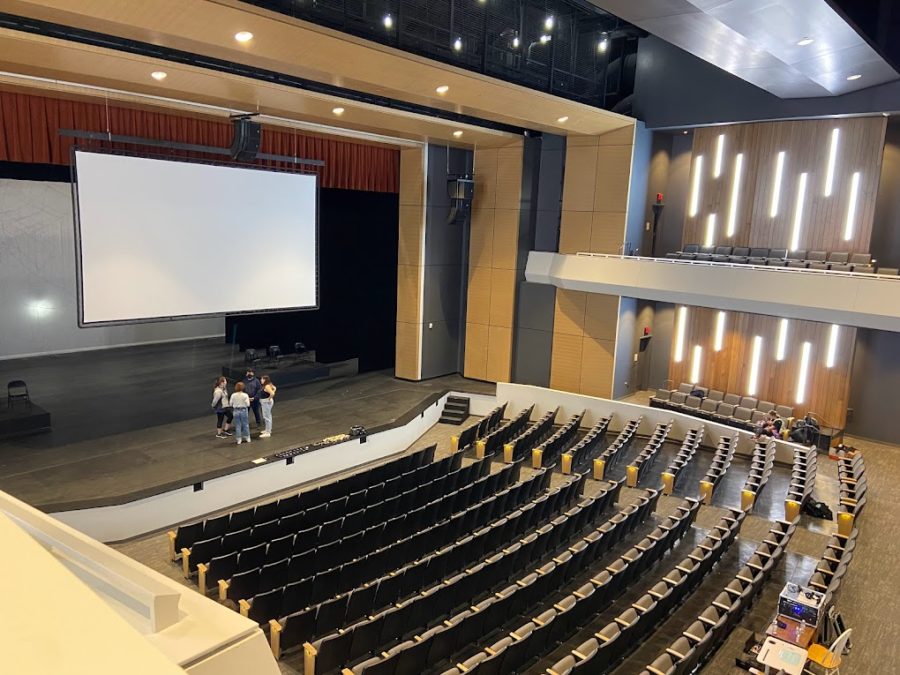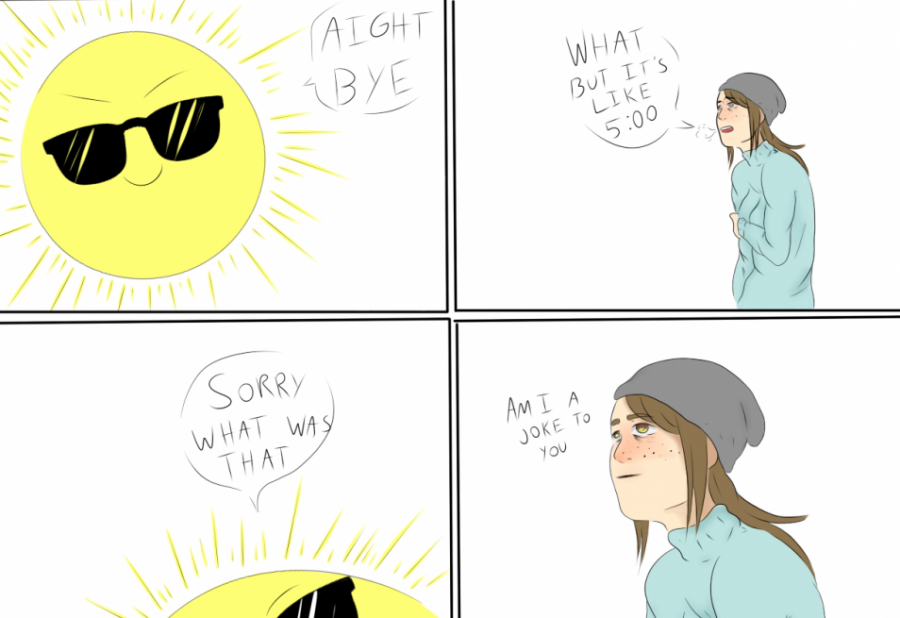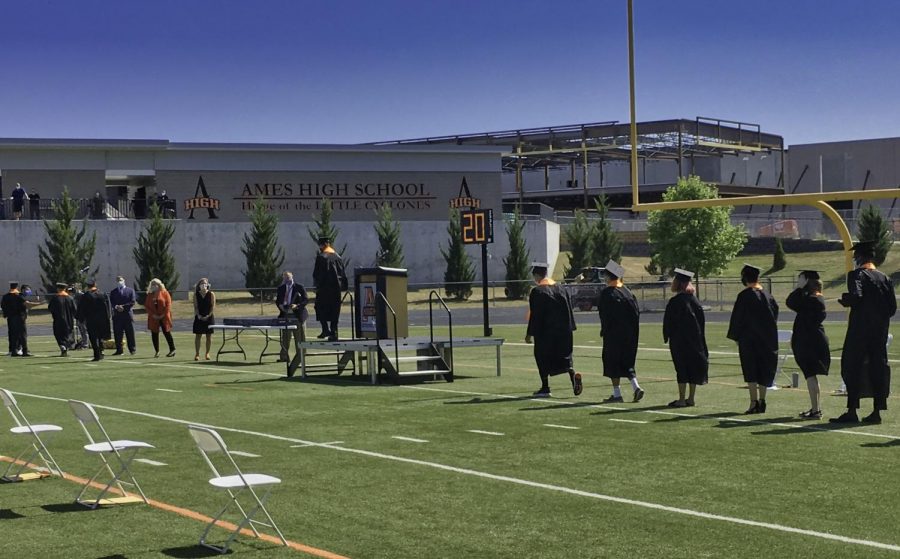Normal 0 0 1 469 2678 22 5 3288 11.1282 0 0 0 H1N1 made headlines once againafter the Southern Hemisphere experienced its wintertime flu season.Speculation about the possibility of a mutated H1N1 trickled into the bilge ofstories reported by a news media suffering from poor taste and low summer ratings.Some people began to believe that a new, deadlier H1N1 would return with avengeance in the fall, while others were convinced that we had seen the worstof the pandemic. As usual, the answer was somewhere in between. In August the Presidentâs Council of Advisors on Science andTechnology (PCAST) released a report saying that H1N1 poses a serious healththreat to the US. The novel strain, often called âSwine Flu,â may kill between30,000 and 90,000 people in coming months, up to three times more than arekilled annually by the normal strain of influenza. Atfirst these are shocking numbers. In the past five months there have been fewerthan 900 swine flu related deaths in North America, but the disease is stillfairly new, only identified last April and not terribly older than that; inother words, it has room to grow. According to the PCAST report, swine flucould potentially infect â30â50% of the U.S.population this fall and winter.â Noneof this is new information, of course. These numbers have been widely reportedsince the news came out. What has not been mentioned is the fact that thenumbers were only part of a plausible scenario. They were only to be used asguidelines on how to respond to the possible resurgence of the 2009 pandemic. Thegreatest threat to national security is not the number of people who may or maynot be killed. It is the fact that swine flu tends to infect younger agesgroups. At the moment, the average age of patients killed by swine flu is 15,while the seasonal flu tends to kill people over the age of 65 most frequently.Because of this, school across the country are preparing for a rough fluseason. Accordingto Valerie Terando, the Director of School and Community Relations, the Ames Community School District has had a pandemic planin place since 2007. While the details of the local plan are not available tothe public, she did say that in most cases it comes down to common sensepreventative measures such as washing hands, covering coughs and sneezes, andstaying home while sick. â[Theplan] was reviewed this summer and found to be up to date and ready to go,âTerando said. âThe most important thing now is that we present clear andconsistent message to the community.â Informationregarding the upcoming flu season was disseminated to parents through aninfinite campus email. However, the email did not address any district policyin case of an actual outbreak of swine flu. âWewould have to address each individual case to decide the appropriate response,âTerando said. âFour months ago, the government would have said that a schoolwith x number cases would have to close. Now the research shows that whenschools close, there is no significant effect on the spread of H1N1.â Butthe chances of a real outbreak in Ames are quite slim. Most of theaforementioned school closings happened last year on the east coast. Whatâsmost important for citizens of Ames is to keep calm and vigilant.
Categories:
H1N1 Panic Sets In
William Kresse
•
September 18, 2009
Story continues below advertisement
0
Donate to The WEB
$75
$450
Contributed
Our Goal
Your donation will support the student journalists of Ames High School, and Iowa needs student journalists. Your contribution will allow us to cover our annual website hosting costs.

































